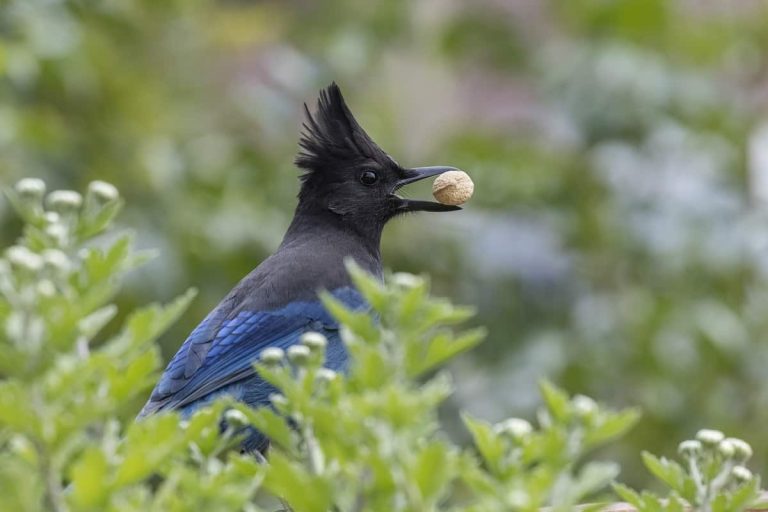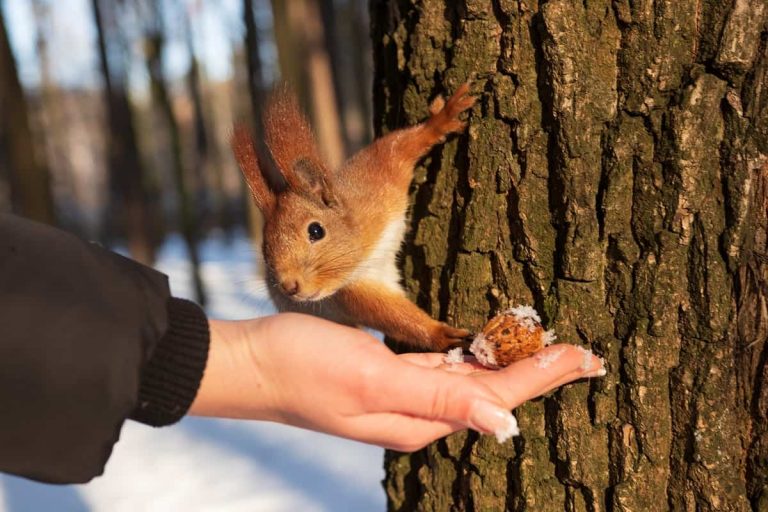Are Reptiles Cold-Blooded? What Do Ectothermic Animals Do To Survive?
Did you know that there are 6,000 reptile species? So there is no wonder that reptiles vary in shape, size, color, and diet. Furthermore, these creatures can range from the classic four-legged kinds to the no-legged kinds.
There are reptiles with hard or soft shells, some that can change their color depending on their mood, situation, and stress level.
Those interested in reptiles as future best friends or just reptile enthusiasts can find all these different species a bit daunting.
Now, it is essential to know from the first instance that if you are looking for more species-specific tips, you should contact some exotic veterinarians, as they can tell you more about the particularities.
But until then, let’s understand a little more about the topic.
Cold-Blooded Creatures. The First Feature Of Reptiles
Three essential components make reptiles’ habitat ideal: heat, humidity, and water regulation. Depending on these elements, reptiles will adjust their behavior, skin color, moistness and temperature.
Speaking of temperature, why do people call reptiles and amphibians “cold-blooded?” Because let’s face it – this is probably the first word that comes to mind when thinking about snakes, lizards, turtles, crocodiles, or iguanas.
So let’s recap what we learned at school – reptiles and amphibians are known as ‘cold-blooded’ creatures, while the other animals are, well, “warm-blooded.” But what does this mean? Let’s find out and understand why science has divided these animals based on their blood temperature.
Also Read:
Reptiles vs. Amphibians (Major Differences And Similarities To Know)
What Do Crocodiles Eat? How Do These Large Semi-Aquatic Reptiles Feed?
Ectothermic vs. Endothermic
Most reptiles, amphibians, other invertebrates, and fish species are the top examples of ectothermic animals.
First of all, it is essential to explain what ecto means. Well, the word means “outer” or “outside” and thermic refers to “heat.” Therefore, ectothermic animals will maintain their body temperature only based on the environment.
In comparison, let’s think about birds and mammals. These creatures are considered to be endothermic. Can you guess what “endo” means?
Well, endo means “internal” or “inside.” If you have guessed these terms already, you were right. Most birds and mammals can maintain their body temperature all stable, despite the environmental conditions.
Unlike ectotherms, endotherms are those animals able to maintain a stable body temperature by using their metabolism. As such, all the chemical activity in their cells will help these animals survive. As biologists have explain, cells are those accelerators or tiny machines that convert chemicals for growth and energy.
But, just like any other machine, the endotherms lose some power as heat. So to defend and keep their temperature constant, their system involves sweat glands, fat, feathers, or fur. This way, mammals will retain heat or release it as needed.
So why is it wrong to use “warm-blooded” and “cold-blooded?” Well, experts do not necessarily recommend these terms because of their literal sense. It is not like you can cut a snake, and rivers of ice will drop out.
Similarly, if you cut a mammal, it is impossible to see lava flowing out. As such, these terms are general, and you should not take them literally.
So What Does “Cold-Blooded” Refer To?
Now, let’s go deeper in understanding what the term “cold-blooded” really implies. Well, reptiles and amphibians are those creatures that are struggling to stay warm and keep their body temperature at a stable level. When they reach the ideal body temperature, also known as “thermal optimum,” the metabolism rate of reptiles can even exceed a bird’s metabolism rate.
On the other hand, some salamanders species can be active even at lower temperatures, somewhere around 50-60 Fahrenheit or even lower.
So don’t be surprised if you notice some salamanders, just like Ambystoma maculatum, that is swimming, even multiplying under some frozen ponds. People should keep in mind that Ectotherms or reptiles with “cold blood” rely on the temperature of their environment.
Make sure you understand this sentence, as the climate is not synonymous with the air temperature, right? As such, reptiles will rely on the environmental circumstances, whether high or low temperatures.
Just like us, reptiles can get too hot or too cold if the environment is not the right one for them. However, unlike endothermic animals, the cold-blooded ones won’t sweat, shiver, or pant to establish their body’s temperatures. Instead, they need to move from place to place.
What Do Cold-Blooded Reptiles Do To Survive?
“Cold-blooded” animals are one hundred percent dependent on the environment they live in. But what do reptiles have to do to keep their body temperature above the survival limit? Here is what is essential to know:
- When they are not at the optimum body temperature, the reptiles’ metabolism is not functioning correctly and has not reached total capacity;
- When it is too hot outside, cold-blooded animals will seek those places where they can cool down in seconds;
- When it is too cold outside, reptiles will search for a spot where it is sunny, and they can warm up;
- The body temperature of reptiles fluctuates a lot, depending on the different outdoor temperatures and surroundings;
- Because reptiles do not have a body temperature that stays constant, these animals will not survive in areas where there are extreme temperatures;
- During the cold months, Ectotherms won’t have the ability to retain the heat they generate through their metabolism. As a result, when it is freezing outside, cold-blooded animals will experience a slowing down of their metabolism, as well as their ability to move;
- Some of the most accessible examples we can see in nature are lizards and crocodiles that love to lie in water during the hot season, then migrate to land when the weather moves to colder seasons;
- As the reptiles are moving from one temperature to another, their body might experience some drastic changes; as such, these animals are dependent on sun and water to control their temperature;
No wonder scientists have noticed a lot of ectotherms, such as reptiles or butterflies, lying under the sun in the morning. This habit is their primary way to raise the body temperature and allow chemical activity to increase. Cells will speed up and create the necessary heat.
Cold-Blood, Muscles, And Ability of Reaction
The “cold-blood” of reptiles is a crucial influence on how these animals react to and survive predators.
There is no surprise that muscles work better once they warm up. This is the same in human cases too. So, one of the main advantages of “warm-blooded” animals is that they enjoy the ability to spring into action when they need to.
This activity is essential for these creatures, especially when they need to deal with possible predators.
On the contrary, ectotherms will only move and feed themselves once the sun warms up their muscles.
However, ectothermic bodies have adapted and learned to apply the “wait and trap” method for millions of years. Especially when it is freezing outside, reptiles will need to spend as little energy as possible to trap their prey.
For instance, a chameleon will use almost no energy when it sits and waits for insects to come into its visual area. With the help of its sticky tongue, this reptile will immediately catch its next meal.
In a nutshell
There is no mistake in saying that reptiles are cold-blooded. However, scientists avoid this classification, as these terms no longer describe the variations in temperature control present in nature.
Actually, the “cold-blooded” variety turns out to be quite a tricky one. People need to know that reptiles are ectothermic creatures that are dependent on the environment they live in to establish their body temperature.







